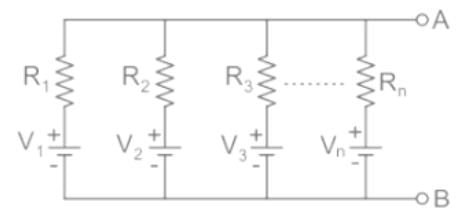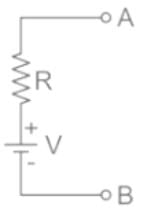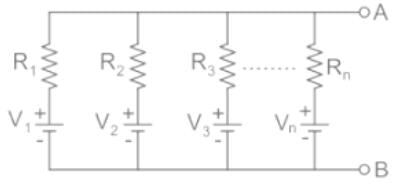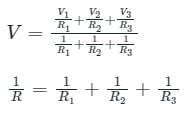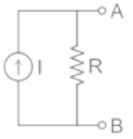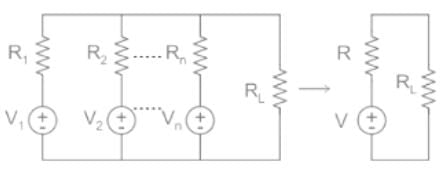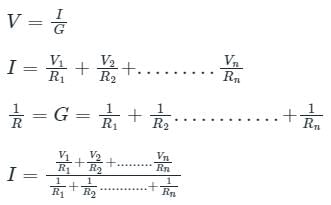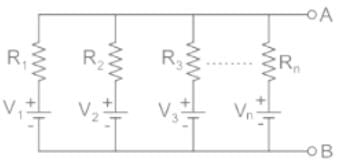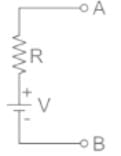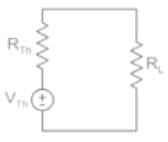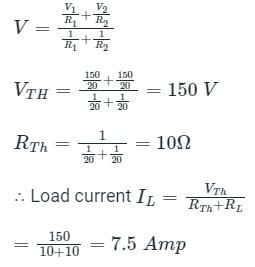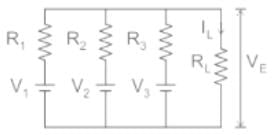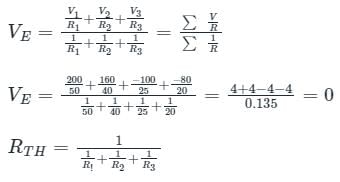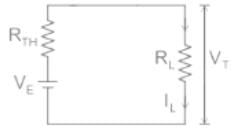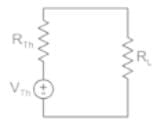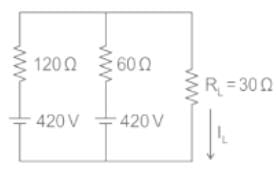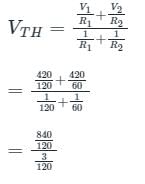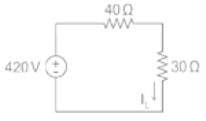Electrical Engineering (EE) Exam > Electrical Engineering (EE) Tests > Network Theory (Electric Circuits) > Test: Millman's Theorem - Electrical Engineering (EE) MCQ
Test: Millman's Theorem - Electrical Engineering (EE) MCQ
Test Description
9 Questions MCQ Test Network Theory (Electric Circuits) - Test: Millman's Theorem
Test: Millman's Theorem for Electrical Engineering (EE) 2025 is part of Network Theory (Electric Circuits) preparation. The Test: Millman's Theorem questions and answers have been
prepared according to the Electrical Engineering (EE) exam syllabus.The Test: Millman's Theorem MCQs are made for Electrical Engineering (EE) 2025 Exam. Find important
definitions, questions, notes, meanings, examples, exercises, MCQs and online tests for Test: Millman's Theorem below.
Solutions of Test: Millman's Theorem questions in English are available as part of our Network Theory (Electric Circuits) for Electrical Engineering (EE) & Test: Millman's Theorem solutions in
Hindi for Network Theory (Electric Circuits) course. Download more important topics, notes, lectures and mock
test series for Electrical Engineering (EE) Exam by signing up for free. Attempt Test: Millman's Theorem | 9 questions in 45 minutes | Mock test for Electrical Engineering (EE) preparation | Free important questions MCQ to study Network Theory (Electric Circuits) for Electrical Engineering (EE) Exam | Download free PDF with solutions
Detailed Solution for Test: Millman's Theorem - Question 1
Test: Millman's Theorem - Question 2
According to Millman’s Theorem, if there are n current sources with n internal resistances respectively, in series, then these sources are replaced by?
Detailed Solution for Test: Millman's Theorem - Question 2
Test: Millman's Theorem - Question 3
Name the theorem which states that if several ideal voltage sources in series are connected with impedance in parallel, then the circuit may be replaced with a single ideal source in series with an impedance (represented in the figure below).
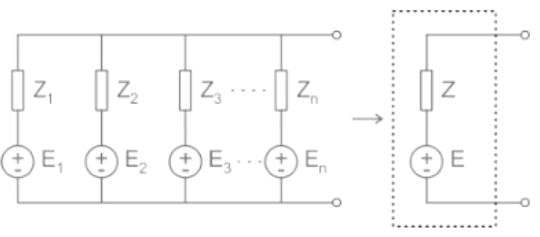

Detailed Solution for Test: Millman's Theorem - Question 3
Detailed Solution for Test: Millman's Theorem - Question 4
Test: Millman's Theorem - Question 5
In the circuit shown below, the current through 10Ω resistor is:
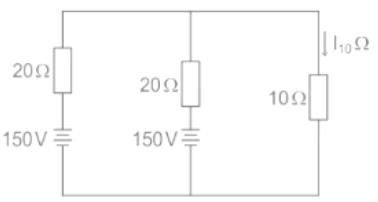
Detailed Solution for Test: Millman's Theorem - Question 5
Test: Millman's Theorem - Question 6
Which of the following helps in finding a single equivalent voltage source of the circuit shown in the figure?

Detailed Solution for Test: Millman's Theorem - Question 6
Test: Millman's Theorem - Question 7
The current I flowing in the circuit shown below in amperes is ________.

Detailed Solution for Test: Millman's Theorem - Question 7
Test: Millman's Theorem - Question 8
Using Millman’s theorem, find the current through the load resistance, RL of 2 Ω resistance shown below:
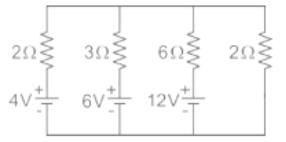
Detailed Solution for Test: Millman's Theorem - Question 8
Detailed Solution for Test: Millman's Theorem - Question 9
|
68 videos|88 docs|62 tests
|
Information about Test: Millman's Theorem Page
In this test you can find the Exam questions for Test: Millman's Theorem solved & explained in the simplest way possible.
Besides giving Questions and answers for Test: Millman's Theorem, EduRev gives you an ample number of Online tests for practice


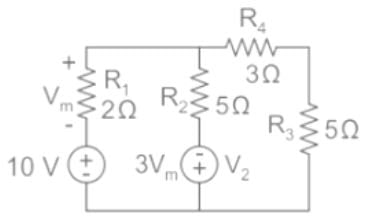

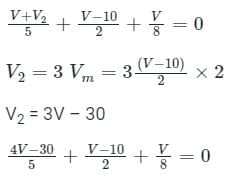

 = 0.96 A
= 0.96 A